|
It’s here! The OHC000006 General Permit can be found on Ohio EPA’s website: https://epa.ohio.gov/divisions-and-offices/surface-water/permitting/storm-water-discharges-from-small-and-large-construction-activities--general-permit RENEWAL PROCESS If your site is currently covered under the previous iteration of the Construction General Permit (OHC000005), that coverage will be terminated 180 days after the effective date of the new permit (April 23, 2023) if you do not submit a renewal application. You can submit the renewal application through the Ohio EPA eBusiness Center here: https://ebiz.epa.ohio.gov/ Once you open your active permit(s) in STREAMS, you will click “Renewal” in the action drop down list as shown in the screen shot below to bring up the renewal application form. If your project is complete and will not require renewed permit coverage, you need to submit a Notice of Termination (NOT) application form through Ohio EPA’s eBusiness Center by selecting “Terminate” in the dropdown list rather than “renewal”. PERMIT UPDATES One of the first (and obviously most important) changes to note in the OHC000006 permit is updating “stormwater” to one word instead of two. The Table of Contents was also updated and is now hyperlinked. Additional numbering has also been provided in longer sections to make navigation easier. POST CONSTRUCTION RERQUIREMENTS Extended Detention Requirements: An additional volume equal to 20% of the WQv must be incorporated into the BMP for sediment storage. Infiltration Practices Requirements: The design infiltration rate values must be derived from site-specific measurements obtained through field tests of the in-situ soil for practices designed to infiltrate the WQv (table 4a and 4b). Pedestrian Trails: Pedestrian trails may implement post-construction BMPs in compliance with the current version of the ODOT Location and Design Manual, Volume Two Drainage Design (Ohio EPA accepted alternative to conditions of the permit). Redevelopment Projects (Encourages the redevelopment of areas that were not previously subjected to WQv). Must meet one or both criteria:
Alternative Post-Construction BMPs:
SEDIMENT BARRIERS Language to clarify “tubular barriers” (i.e. filter sock, silt sock) are allowable practice and referenced in the Rainwater and Land Development Manual. STREAM SETBACKS Ohio EPA strongly recommends 50ft buffers to be maintained around surface water (including wetlands). ELECTRONIC RECORD KEEPING
NOTICE OF TERMINATION REQUIREMENTS Permit remains in effect until a signed Notice of Termination (NOT) form is submitted and permit coverage is terminated by the Ohio EPA. BIG DARBY CREEK PERMIT (Does not Apply to Warren County)
OLENTANGY RIVER PERMIT (Does not Apply to Warren County) Only jurisdictional ephemeral streams are subject to riparian setback requirements. Still have questions about the new permit and renewal process? Call Warren Co SWCD offices at (513) 695-1337 or check out further information on Ohio EPA’s website:
https://epa.ohio.gov/divisions-and-offices/surface-water/permitting/storm-water-discharges-from-small-and-large-construction-activities--general-permit
1 Comment
11/8/2023 05:55:04 am
It's always a pleasure to revisit your blogs, and the consistently remarkable effort shines through in every visit.
Reply
Leave a Reply. |
Details
Urban team BLOGEvery month, the Warren Co SWCD Urban Team dives deep into the world of land development as it relates to stormwater pollution prevention. The blog covers topics like erosion & sediment control best management practices (BMPs), state and local regulations, retention/detention basins, and the conservation of our natural resources. Stay up to date with Development Digest by signing up for WCSWCD Urban eNews!
Categories
All
Archives
July 2024
|
|
|
Contact:PHONE: (513) 695 - 1337
EMAIL: [email protected] HOURS: Monday - Friday 7:30am - 4:00pm (except holidays) Connect:Warren County Soil & Water Conservation District Copyright © 2016
Warren SWCD Privacy Notice. Emails are serviced by Constant Contact. Constant Contact's Privacy Notice. |
 RSS Feed
RSS Feed
